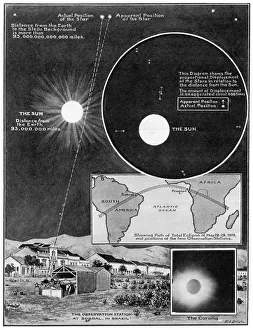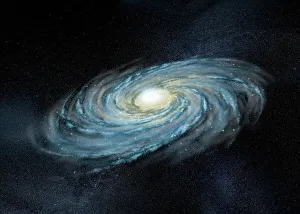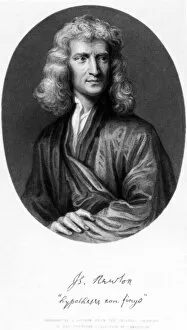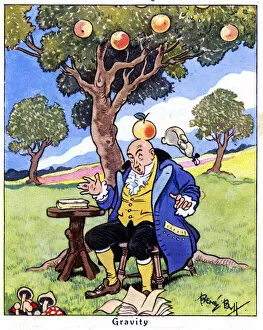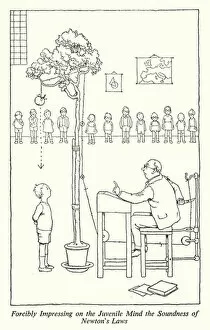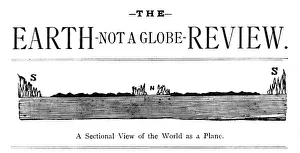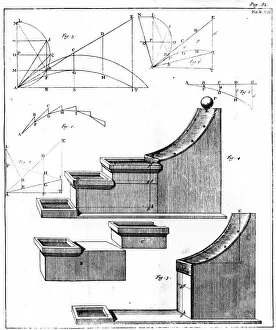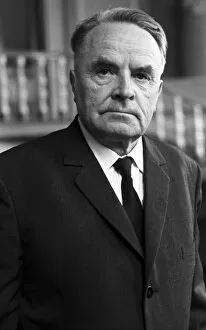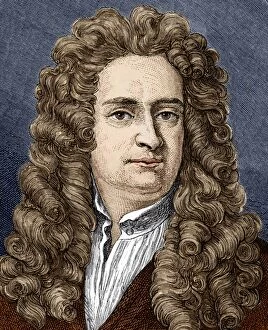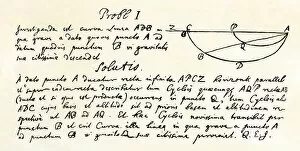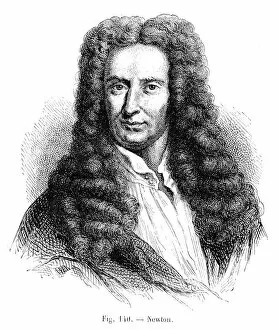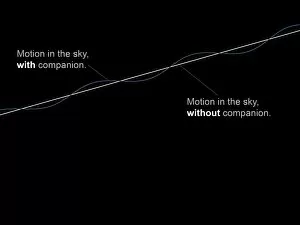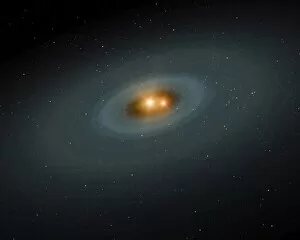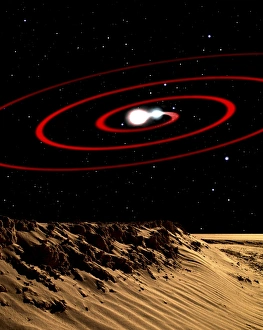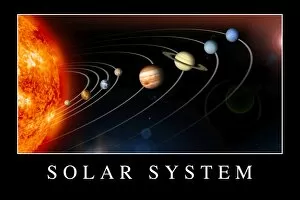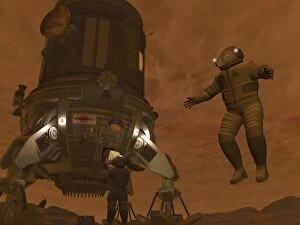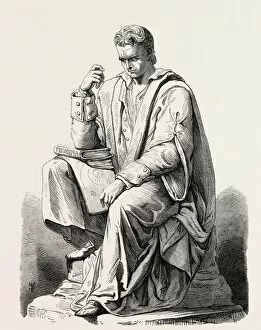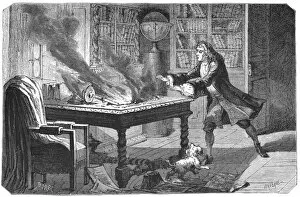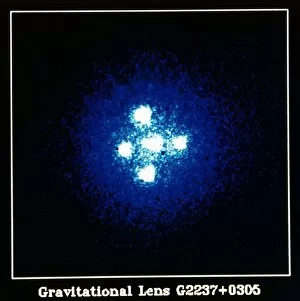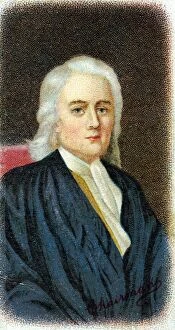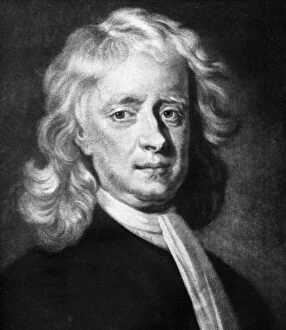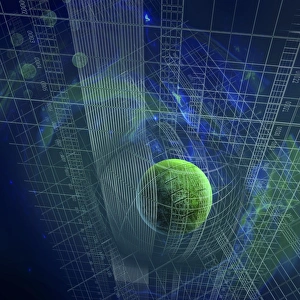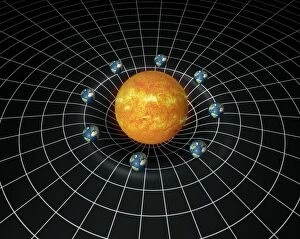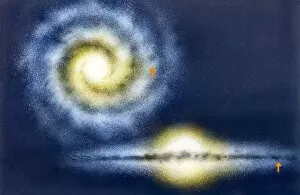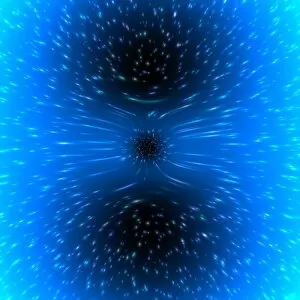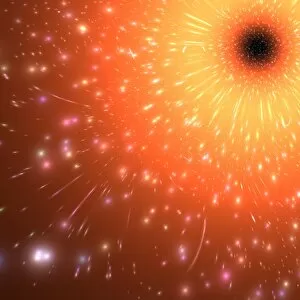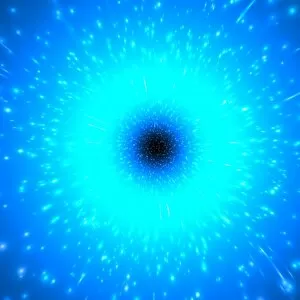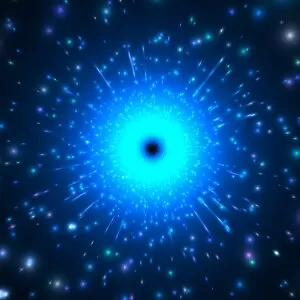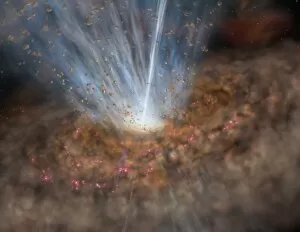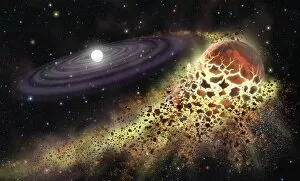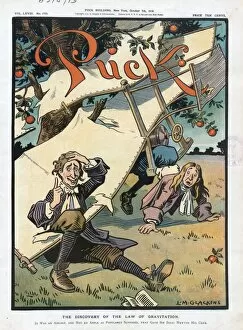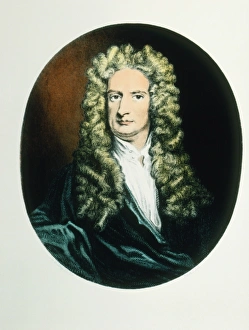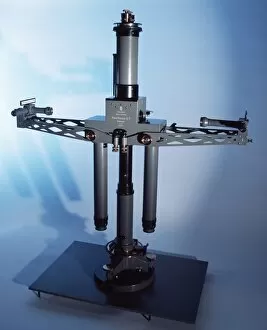Gravitation Collection
"Unraveling the Mysteries of Gravitation: From Newton to Einstein" In this captivating artwork, we witness the profound influence on our universe
All Professionally Made to Order for Quick Shipping
"Unraveling the Mysteries of Gravitation: From Newton to Einstein" In this captivating artwork, we witness the profound influence on our universe. Starlight gracefully bends under the immense attraction of the Sun, as beautifully explained by Einstein's groundbreaking theory. The Milky Way galaxy serves as a backdrop for this exploration into one of nature's most fundamental forces, and is here that we delve into the remarkable contributions made by Isaac Newton, an English mathematician whose brilliance forever changed our understanding of gravity. Through an engraving capturing Sir Isaac Newton in all his intellectual might, we are transported back to a time when he first discovered gravity. A vivid color lithograph from 1936 brings to life this pivotal moment in history. A page from Richard Andre's "Upstream" further immerses us in Newton's world and his revolutionary laws governing motion and gravitation. The lithograph impressively showcases how these principles were forcibly imprinted on young minds, emphasizing their soundness. As we explore further, a black light image reminds us that even today, Sir Isaac Newton remains an iconic figure whose legacy continues to inspire generations. His portrait adorns cigarette cards from 1935, highlighting his enduring impact on science and society. We also encounter intriguing references such as Flat Earth Magazine and an engraving depicting an experiment involving an inclined plane used to demonstrate gravitational action. These serve as reminders that throughout history, scientists like Anatoly Vlasov have tirelessly worked towards unraveling the complexities surrounding gravitation. From its humble beginnings with Isaac Newton to its revolutionary transformation through Albert Einstein's theories – gravitation has captivated humanity for centuries. This collection of images invites us to ponder upon its mysteries while celebrating those who dedicated their lives to unlocking its secrets.

